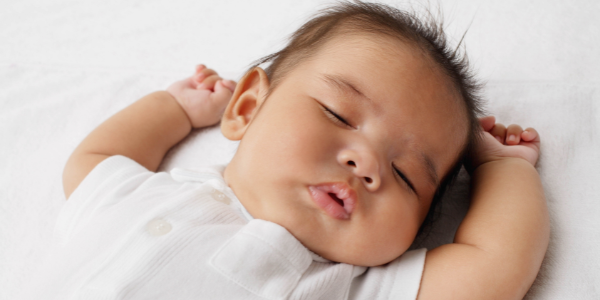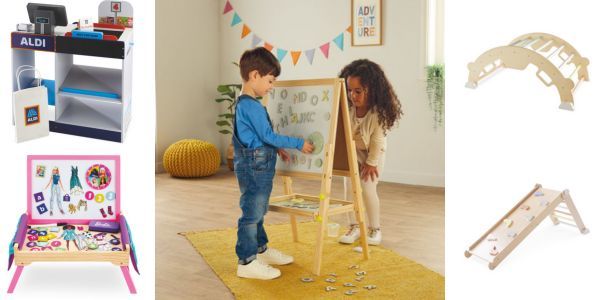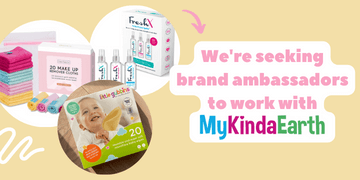

As parents, we want more than anything for our babies to be happy and healthy.
SIDS is something that strikes fear into our hearts, but the risks can be reduced.
We’ll be taking a look at resources from the NHS and The Lullaby Trust to help bring the most up to date and evidence based advice on reducing the SIDS (Sudden Infant Death Syndrome) risk to you, our mummy and daddy followers. SIDS is thankfully rare, so please don’t let your worries stop you from savouring every moment of parenthood with your precious babies! By following these tips, we can keep our babies as safe as possible.
Tips to reduce the risk of SIDS
Safe Sleep:
- Place your baby on their back to sleep.
- A clear cot is a safe cot.
- Sleep in the same room as your baby for at least the first 6 months as your breathing regulates baby’s breathing.
- Don’t share a bed with your baby if you’re under the influence of drugs or alcohol, or if you smoke.
- Never be tempted to sleep with your baby on a sofa or armchair as this raises the risk of SIDS.
- Keep your baby’s head uncovered (even by hats), and their blanket should be tucked in no higher than their shoulders.
- Place your baby in the “feet to foot” position, with their feet at the end of the cot or moses basket.
The ‘Back To Sleep Campaign’
The Lullaby Trust is best known for their ‘Back To Sleep’ campaign, which led to official guideline advice being altered to advise parents to place baby to sleep on their backs, with their feet to the foot of their cot.
The NHS says that… “It’s not as safe for babies to sleep on their side or tummy as on their back. Healthy babies placed on their backs aren’t more likely to choke. Once your baby’s old enough to roll over, there’s no need to worry if they turn onto their tummy or side while sleeping.”
A safe cot is an empty cot
It is advised to put baby into an empty cot for all sleep – this means no bumpers, loose bedding, soft toys, sleep positioners etc, and no pillow or quilt until 12 months. Cot bumpers are only for decorative use, and air mesh bumpers are still not advised based on current safe sleep guidance.
Read The Lullaby Trust’s guidance here!
Bed Sharing
The safest place for your baby to sleep is in a cot or moses basket in the same room as you, for at least the first 6 months, and for naps as well as overnight sleep. The risks are increased if you or your partner have taken drugs, drank alcohol, or smoked. If your baby was premature or weighed less than 5.5lb at birth, the risks of bed sharing (sometimes called co-sleeping) are also increased. These factors all increase the risk of overlaying as well as SIDS.
However, in 2019 The Lullaby Trust altered their Safe Sleep guidance in order to help parents who inadvertently or intentionally bed share to mitigate the risks as much as possible. You can find this info here.
Babies whose heads are covered with their blankets, bedding and hats are at an increased risk of SIDS as well as suffocation. This is why the ‘feet to foot’ position is so important. Hats are no longer advised during sleep by the NHS as they can come loose and pose a risk as well as potentially causing overheating.
How to put your baby in the ‘feet to foot’ position
- Tuck the covers in securely under your baby’s arms so they can’t be pulled over their head. It’s advised to layer lightweight blankets.
- Use a firm, waterproof mattress with a sheet on.
- Don’t use products like wedges, pods, nests, bumpers etc.
Keeping Baby Healthy To Reduce SIDS Risk
Keeping your baby as healthy as possible is a great way to be proactive about reducing the SIDS risk.
- Don’t smoke during pregnancy or breastfeeding, and don’t let anyone smoke in the same room as your baby.
- Don’t let your baby get too hot or cold. Read more about baby room temperature here!
- Place your baby in the “feet to foot” position, with their feet at the end of the cot or moses basket.
- If your baby seems unwell, always seek medical attention and ensure they’ve been checked over.
- Vaccinate on schedule. Internationally accepted studies have shown that vaccinated children are at lower risk of SIDS.
Smoking Around Baby
If you have visitors who smoke, ask them to go outside and don’t take your baby into smoky places. As previously mentioned, sharing a bed with your baby if you smoke raises the risk of SIDS, so avoid doing this.
Don’t let your baby get too hot or too cold
Overheating can increase the risk of SIDS. This can occur due to there being too much bedding, or baby’s room being too hot.
- If your baby’s sweating or their tummy feels hot to the touch, take off some bedding and allow baby to cool down.
- Don’t worry if their hands or feet feel cool as this is normal.
- It’s easier to adjust for the temperature by using layers of lightweight blankets rather than one large heavy blanked. Low tog baby sleeping bags and grobags are great choices.
- Keep the room at a temperature that’s comfortable at night, but not hot. Around 18C (65F) is advised.
- If it’s very warm, your baby may not need any bedding other than a sheet on the mattress.
- Even in cold winter weather, most babies who are unwell/feverish don’t need to wear extra clothes or need extra bedding.
- Babies should never sleep with… hot water bottles, electric blankets, next to radiators, heaters or fires.
- Never let baby sleep in direct sunlight.
- Make sure their heads can’t be covered by bedclothes or a hat while they’re asleep as excess heat is lost through the head.
- Remove hats and extra clothes as soon as you come indoors or enter a warm car/bus/train even if it means waking your baby.
Feeding Methods, Dummies and SIDS
Did you know that breastfeeding your baby reduces the risk of SIDS? This is because breast milk is lighter and faster digested, meaning baby is more easily roused. Breast milk can also protect against illnesses that can be attributed to SIDS. The Department of Health recommends breastfeeding for at least 6 months, and the World Health Organisation advises to continue until at least two years of age!
Of course, not everyone can breastfeed or wants to, and there are many other factors other than feeding methods so don’t worry if you formula feed.
Studies also suggest that using a dummy at the start of a sleep also reduces the risk of SIDS! However, this evidence isn’t very comprehensive so there is still a lot of debate about this. Using a dummy if breastfeeding is usually discouraged before feeding is established, and it’s advised to remove the dummy at around one year of age. Of course, for many of us it isn’t that simple – read our guide on ditching the dummy here!
Please share this with all expectant and new parents to help assure them that we can put measures in place to help keep babies happy, healthy and safe.


.jpg)

.jpg)
.jpg)

.jpg)



